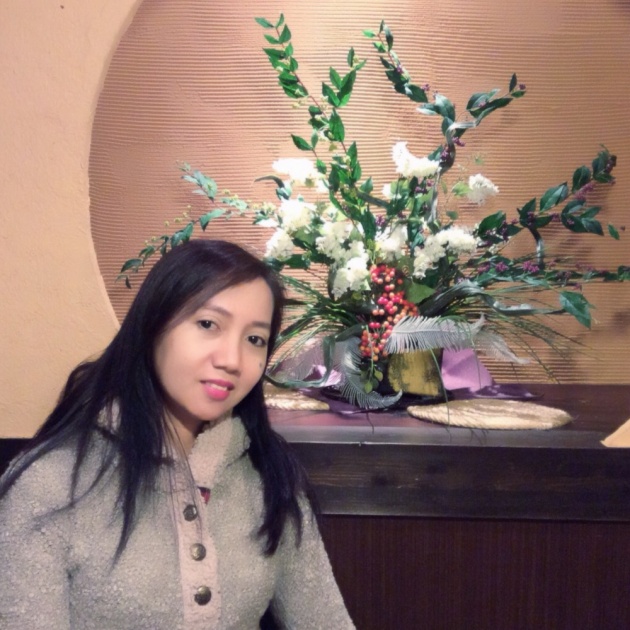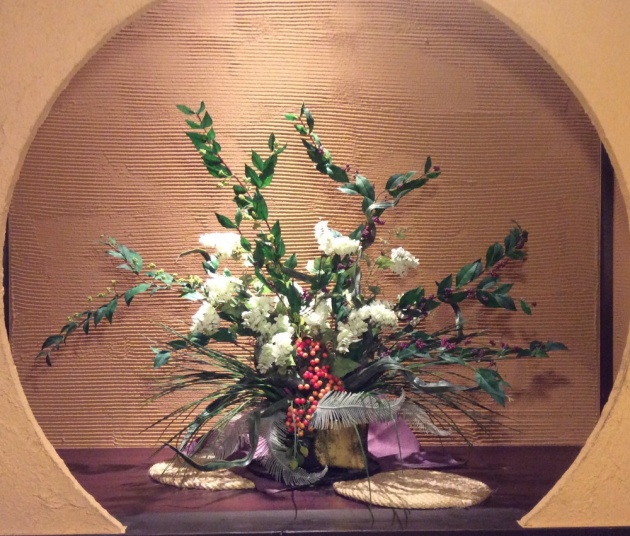The truth about the origin of Ikebana is unknown. But it is thought to have come to Japan as part of Buddhist practice. Others say that from pre-Buddhist times, Japanese used evergreen trees and flowers to invoke nature gods and claim that this practice is at the heart of secular ikebana.
Whatever the truth of these theories, Japan's deep communion with nature in the form of flowers, wild plants and trees is apparent even in the earliest of Japanese writings.
Ikebana, as we would recognize it, first appeared in the Muromachi Period . It was during this period that much of what was to become viewed as traditional Japanese art and its canon of beauty was established. The Shoin-style of residential architecture, the tea ceremony, Ikebana, noh plays, renga verse and garden design .
Ikebana is the Japanese art of flower arrangement. It is more than simply putting flowers in a container. It is a disciplined art form in which the arrangement is a living thing where nature and humanity are brought together. It is steeped in the philosophy of developing a closeness with nature.





